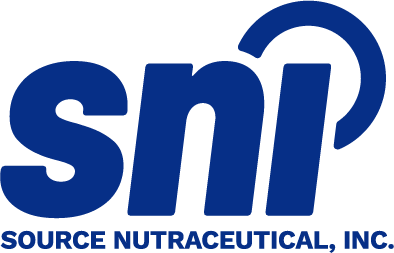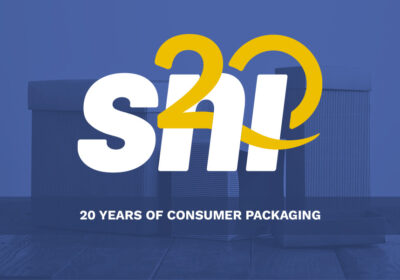Back in June of 2022, Health Canada announced new regulations for nutrition labelling for prepackaged foods (see our brief bulletin here).
To help you understand what you need to know—and do—considering this change, in this post we delve deeper into the new front-of-package (FOP) nutrition label requirements to help you ensure your food complies with the regulations.
What are the new 2022 food label requirements?
The key change is that a new symbol, called the front-of-package (FOP) nutrition symbol, will be required to be displayed on the top half of the front panel of certain food packages.
The purpose of the FOP is to address nutrients of concern given evidence that high intakes of saturated fat, sugars, and/or sodium are contributors to preventable diseases including heart disease, type II diabetes, and obesity.
Previously, this information was required only within the Nutrition Facts Table which can be difficult or cumbersome for shoppers to quickly and easily read to learn about the nutrient value of the foods they are buying.
What is the FOP, and what are the specifications and format?
The FOP is a standardized required design depicting a magnifying glass and includes a “High in” statement for specific levels (specifically, that meet or exceed a specified % DV [the percentage depends on the product] of):
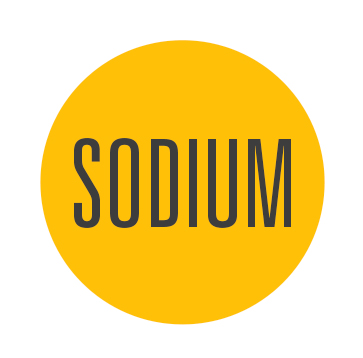
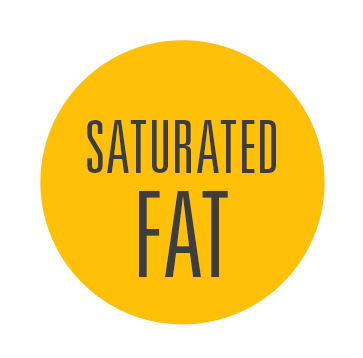
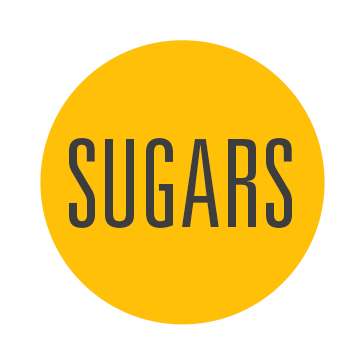
It’s designed to be an additional complement (not replacement or adjustment to) the Nutrition Facts Table, which has its own detailed and specific requirements.
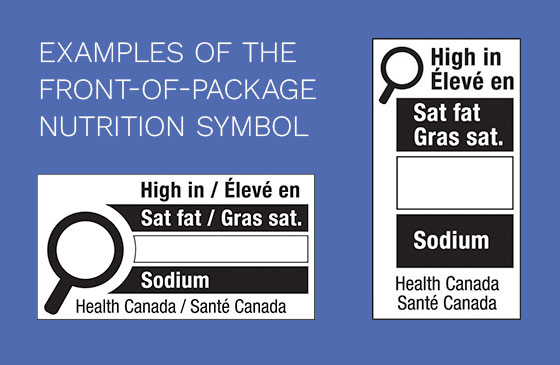
What products need to display the FOP symbol?
The FOP symbol will be mandatory when a pre-packaged food meets or exceeds set levels for sodium, sugars, or saturated fat.
The symbol can include any or all of the three lines. For example, a product that exceeds only the set levels of sodium would only need to list sodium on the FOP.
According to Health Canada,
foods that will require an FOP nutrition symbol include:
General prepackaged foods that meet or exceed 15% DV of saturated fat, sugars or sodium, such as:
Deli meats, Soups, Frozen desserts, Puddings

Prepackaged foods with a small reference amount (≤ 30 g or mL) that meet or exceed 10% DV of saturated fat, sugars or sodium, such as:
Pickles, Salad dressing, Cookies, Breakfast cereals
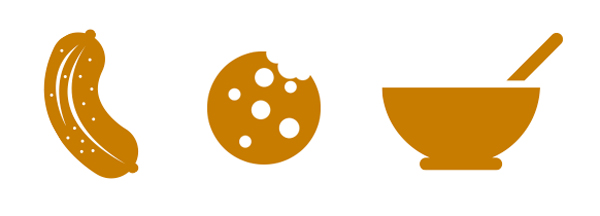
Prepackaged main dishes with a reference amount of ≥ 200 g* that meet or exceed 30% DV of saturated fat, sugars or sodium, such as:
Frozen lasagna, Meat pie, Pizza
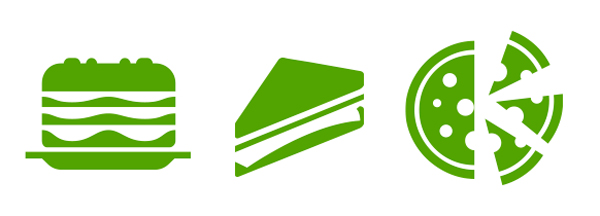
Are any foods exempt from displaying the FOP?
There are some exemptions based on health and practicality, specifically:
Health-related exemptions
- Foods that have a recognized health protection benefit, such as:
- Vegetables and fruits
- 2% and whole milk
- Eggs
- Foods with a health fat profile (vegetable oils, nuts, fatty fish)
- Note: these foods lose their exemption when made with an ingredient that contains any of the three nutrients (saturated fat, sugars, or sodium)
- Foods that are sources of “shortfall nutrients,” which are not readily available in other foods and that most Canadians don’t get enough of, such as:
- Many cheeses and yogurts (due to calcium, and sodium required in cheese-making)
- Foods formulation to meet specific population needs, such as military rations
Technical exemptions
-
-
- Foods that do not require a Nutrition Facts Table
- Raw, single ingredient ground meats and poultry
- Foods not sold directly to consumers and those in very small packages
-
Practical exemptions
-
-
- Foods on which the symbol would be redundant, i.e., sugar or maple syrup.
-
How can I comply, and by when?
The food industry must update their labels to meet these requirements, otherwise they will be non-compliant and subject to regulatory scrutiny by bodies such as the CFIA (Canadian Food Inspection Agency).
Food manufacturers and brands have until January 1, 2026, to update their labels to comply with these new food labelling regulations.
If you need help with updating your labels—whether at the same time as a label or packaging redesign, or strictly a nutrition label update—our experienced regulatory affairs team can help!
At SNI, we specialize in both regulatory consulting and creative services, including food label design and packaging compliance so you can remain compliant and avoid regulatory risk to your brand credibility.
French translation an issue?
We will also produce your required label contents in French, we can help. SNI offers quality Canadian French translation for NHPs, foods, and more.
